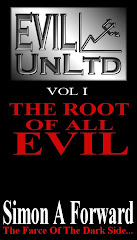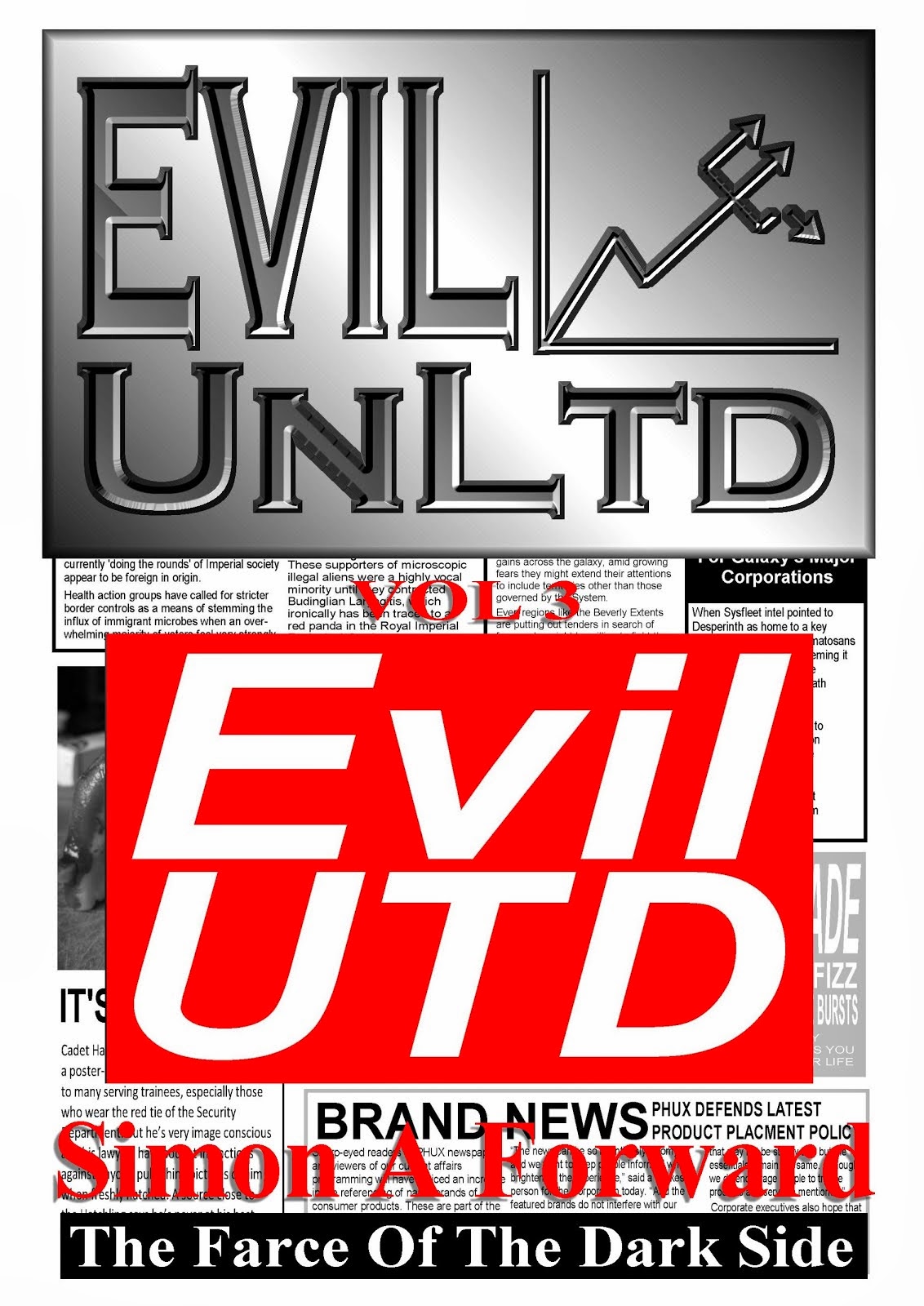At the risk of spoiling the ending, two main things of
note stand out at the close of Terror Of
The Autons.
One, the Nestenes, enigmatic controllers of the Autons
and masters of all things plastic, almost but not quite entirely fail to
materialise. Two, the Doctor admits to rather looking forward to his next
encounter with the Master.
The first is fairly familiar territory if you’ve seen Spearhead From Space, debut for both
Pertwee and the Autons. The Nestenes are among the most fearsome of Doctor Who
creatures never to have properly appeared. (And no, I’m not counting the
shapeless but doubtless expensive CGI doggie-doo that seethed and glooped a bit
at the end of Rose.) We want the giant octopus-spider-crab-brain-monster as
seen on the cover of the Doctor Who And
The Terror Of The Autons Target novelisation! A bit more exciting than the
rubber tentacle mass that wrestled Perwee from within its fish tank (Spearhead).
To say nothing of what we see in this, which amounts to an energistic Rorschach
test in the sky which, when asked, perhaps three out of a hundred people would
tell you looks vaguely like an octopus.
Still, 70s Who obliges forgiveness for budget limitations
and we must be grateful that they didn’t attempt a full-on giant
octopus-spider-crab-brain-monster as I suspect the finished result would have
fallen a tad short.
The production is further hamstrung by overuse of CSO.
It’s fine (as fine as it can be) for shots of hovering Time Lords and ugly
demon dolls coming to life on car seats and radiators. But here it’s providing
backgrounds that render some pretty ordinary settings wholly unconvincing. There
are oddly framed reaction shots, such as the Brigadier against a plain brick
wall, turning on hearing the Doctor’s call for help. And there’s obvious use of
a studio set for shots of the Brigadier and UNIT troops taking up an overwatch
position in a quarry, when you’d think it’d be just as cheap to have filmed
them lying on their the grassy knoll
when they had the actors together for the location sequences in the quarry.
When all that is said and done, however, what you’ve got
is one hundred-carat (plastic) gem of a story. One of the most surprising aspects,
I found, was the pacey way in which it is all chopped together. There’s barely
a pause or closing note to the majority of scenes before we’re onto the next.
And yet we’re furnished with all the essentials to follow what’s going on and
there’s plenty of all that vibrant SF action adventure which so characterises
the Pertwee-era tales.
It also dishes out the Terror at frequent intervals, with
writer Holmes playing more freely with the idea of the Nestenes’ affinity for
plastic, delivering a colourful riot of murder and mayhem with an inflatable
chair, aforesaid demon doll, telephone flex (anyone remember those?) and killer
daffodils. (The basis for a cult classic B-movie if ever I saw one.) The
asphyxiating yellow flowers are handed out up and down the country by Autons
with big carnival heads and these brightly clad figures strike a brilliantly
creepy image, while possessing that weird and wacky offbeat quality you might
find in episodes of The Avengers.
Does it matter that their bus of about twelve seems a
limited means of paving the way for a full-scale invasion? Not really. Does it
matter that their distribution of 450,000 deadly daffs would seem to have
required many a trip back to the factory for a resupply? Ultimately, no.
Because the effect is what counts and their perma-cheerful grins and Maplins
outfits subscribe to Richard III’s philosophy of murdering while they smile.
And they’re given free rein to kill. Wholesale slaughter
of hapless UNIT troops is a given, but it’s not afraid to show a deadly enemy
being deadly. The horror is often bizarre, but nevertheless doesn’t pull
punches. Terror Of The Autons earns
its title.
The infamous sequence where the mask is pulled from the policeman to
reveal a blank Auton face must have been genuinely shocking at the time.
(Albeit none of this traumatised me as a kid – if anything it excited me and
was an integral part of what got me hooked on Who. What good’s a hero if he
doesn’t have any actual menace to overcome?) The edit, to be fair, could be
sharper where masks are pulled off as, in contrast to all the other quick cuts
going on, the camera tends to linger just long enough to undermine the effect
every time.
Which is something of a shame, because it’s a favourite
trick of the Master.
And as much as this story is about the Autons, it’s even
more about the Master. A Moriarty for the Doctor – an inspired creation that
proves the simplest ideas are often the best. And Delgado brings him to life
with subtlety, sophistication, panache and menace. His introduction is superb
and, from the materialisation of that horsebox to his mesmeric control over
circus-master Rossini this single scene must have been a real hallmark moment
in Who history. You get a sense of the occasion even viewing it from an
informed perspective.
Yes, his change of hearts at the end is all too easy but
Delgado does his best to convey the self-preservation thought process in the
short time he’s given and the Master’s callous final use of Rex Farrell (the
excellent Michael Wisher) is an appropriately cold signing off until next time.
Well the Doctor should look forward to it. While it’s
true that Letts and Dicks overused the character for the season, choosing to
feature him in every story, I can’y say I blame them. I’d have been tempted as
well and, as a fan, I’m glad we have as much Delgado Master as we do.
Flawed and dated then, but wickedly creative and not a
bad turn of speed for one of those old adventures. Terror and plastic and
plenty that’s fantastic, these are the things that great Doctor Who is made of.
Flash, bang, wallop, what a picture!
SAF
















